A gathering of people is not usually seen inside the Anateem forest. But the habitually calm jungle, found in the west of Bolgatanga, the cosmopolitan capital of Ghana’s Upper East region, came to life with sights and sounds last Saturday as it turned into a venue for a massive rally.
In the beginning, forestry officials were wary of trespass as they mistook those preparing the rally ground for unauthorised loggers. But the officials drove away, unperturbed, when they realised that the purpose had nothing to do with the trees but the central government.
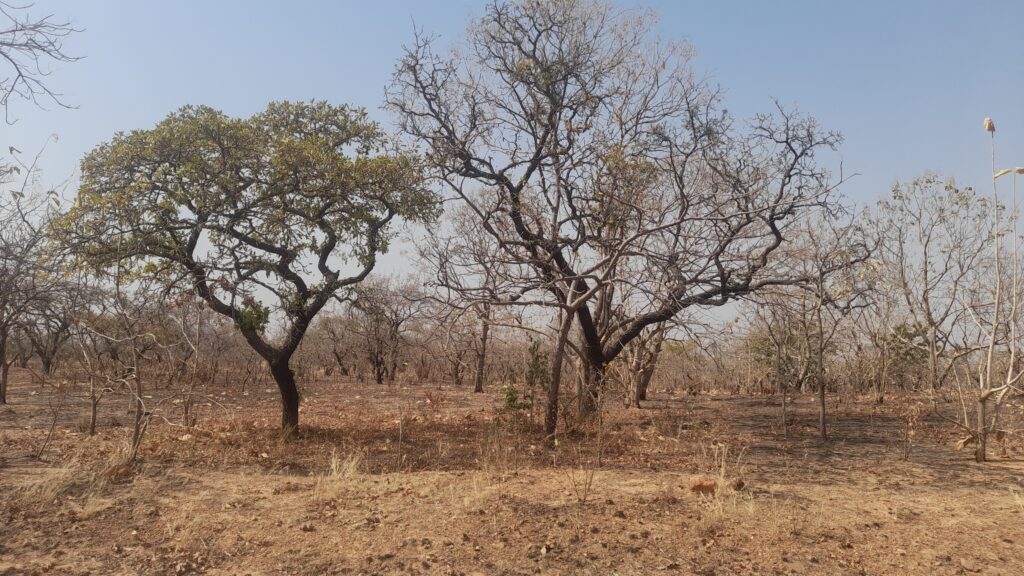
The rally, which saw traditional authorities as well as natives and residents of the region from home and overseas come together to throw their individual weights behind a shared goal, was organised for the people of the region to renew their long-standing demand on government to revisit an abandoned “Bolgatanga Airport Project” at Anateem and complete it without further foot-dragging.
The demand has been around for more than three decades, older than many of those who attended the meeting at the 7,051-acre forested site proposed in the late 1970s and approved by government for the construction of the airport.

The Assembly Member for Kulbia, an electoral area in the capital, told Media Without Borders he was about five years of age and was on his mother’s back when he attended a similar gathering at the same venue for the same cause in 1992.
“I was around five years when a durbar of this kind was held here for the airport project to commence,” said Richard Akampie, now 38. “I couldn’t even walk from my village to this place. My mother had to back me.”
“I remember former President Rawlings came to the ceremony at that time. The blame would go to government for abandoning it,” he added, hoping that the children spotted at the Saturday’s rally would tell a different about the project in the future.
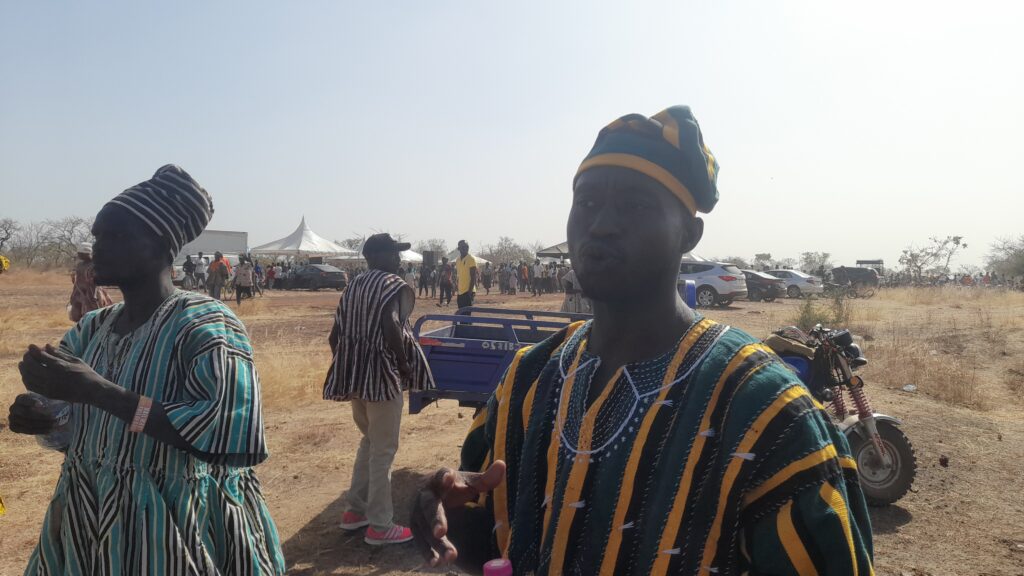
Akampie and other assembly members present remarked that the gathering was unique not just because of its massive turnout and the presence of traditional figures from several parts of the region but also because of an unusual interest shown in the activity by extremely aged people and persons with disabilities who travelled many kilometres on foot to the rally venue.
They told Media Without Borders that the presence of an operative airport in the region, such as the ones constructed in other parts of the country, would spur its local economy to faster growth.
“I walked to this place and I will walk back to Sumbrungu,” Abobiya Atibire, an old woman whose house is a long driving distance away, said in the locally spoken Gurune. “I took the pain to come here to add my voice to what everybody is saying because an airport will bring jobs to the people of this region, particularly the youths.”
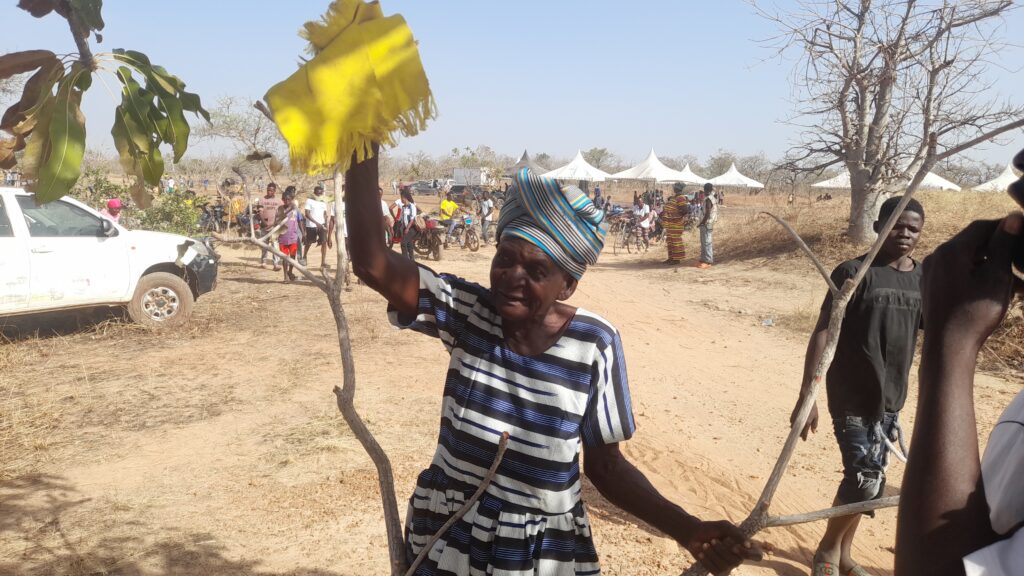
The losses associated with the region’s lack of airport
Before the airport project was abandoned, a runway, 3.5 kilometres long and 120 metres wide, had been marked out at the proposed site and the construction of a control tower was underway at Sumbrungu.
Following the abandonment, the site only exists today as an ‘airbush’ where birds are the only flying bodies sighted in the air, grazing cattle the only regular faces found on the ground and foraging termites the common users of the proposed tarmac.
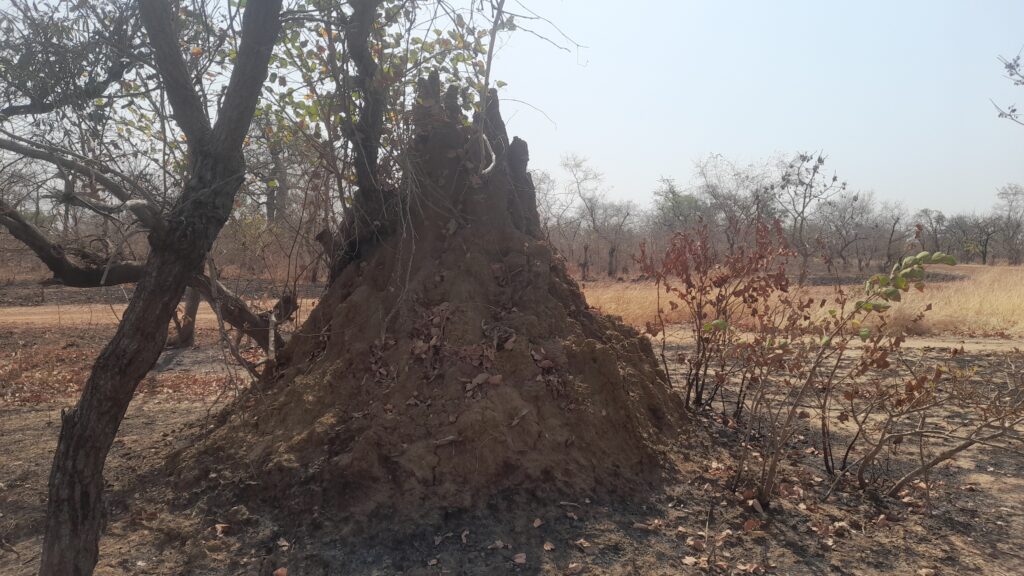
There are flight ticket booking agencies in Bolgatanga. But the nearest airport today is in Tamale, the capital city of the Northern region. After securing their air tickets in Bolgatanga, passengers then travel on the road for about two hours to Tamale to board airplanes to their destinations.
Similarly, people travelling on a commercial flight straight from Accra, the national capital, to Bolgatanga arrive in Tamale within an average one hour and disembark there. Then, they spend about two hours on the road from Tamale to complete the journey from Accra to Bolgatanga.
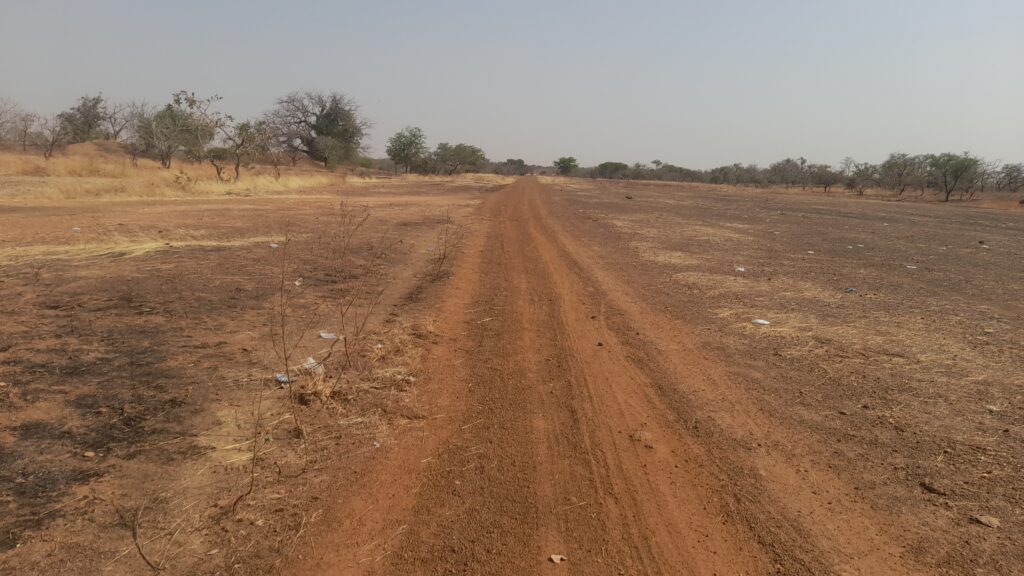
When presidents, vice-presidents and other top state officials are heading from Accra to Bolgatanga by flight, they disembark likewise in Tamale and continue the journey from the airport to Bolgatanga with long motorcades.
The state draws thousands of Ghana cedis from the public purse regularly to fuel the motorcades for a two-hour road journey taxpayers say would have been needless had the Bolgatanga Airport Project been completed.
There was a time development watchers counted 45 vehicles in a presidential motorcade moving from the Tamale International Airport to Bolgatanga.
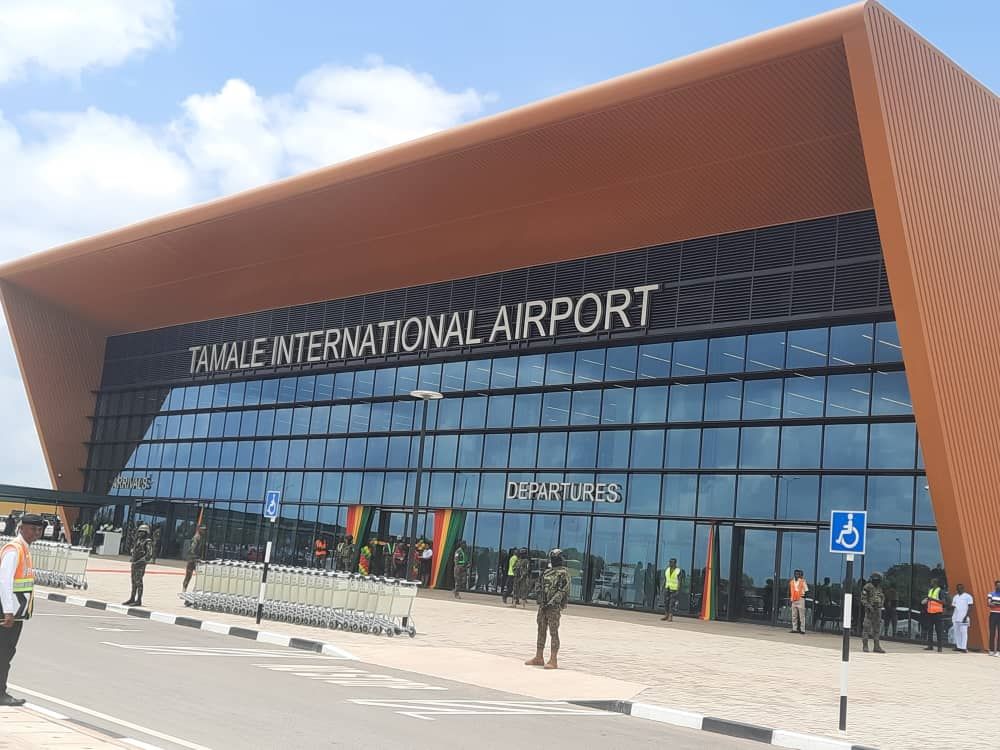
Besides, legal representation and justice have remained high-priced commodities for some residents who need the services of lawyers based in southern Ghana because Bolgatanga lacks an airport.
While it takes an already-high amount of money to fly lawyers from Accra or Kumasi to Tamale, transporting them from Tamale to courtrooms in Bolgatanga by road takes an extra— and avoidable— cash. Some lawyers, who must avoid sitting for long hours on the road, even decline to take cases filed in the region, leaving prospective clients stranded and frustrated, because there is no direct flight to Bolgatanga from their locations.
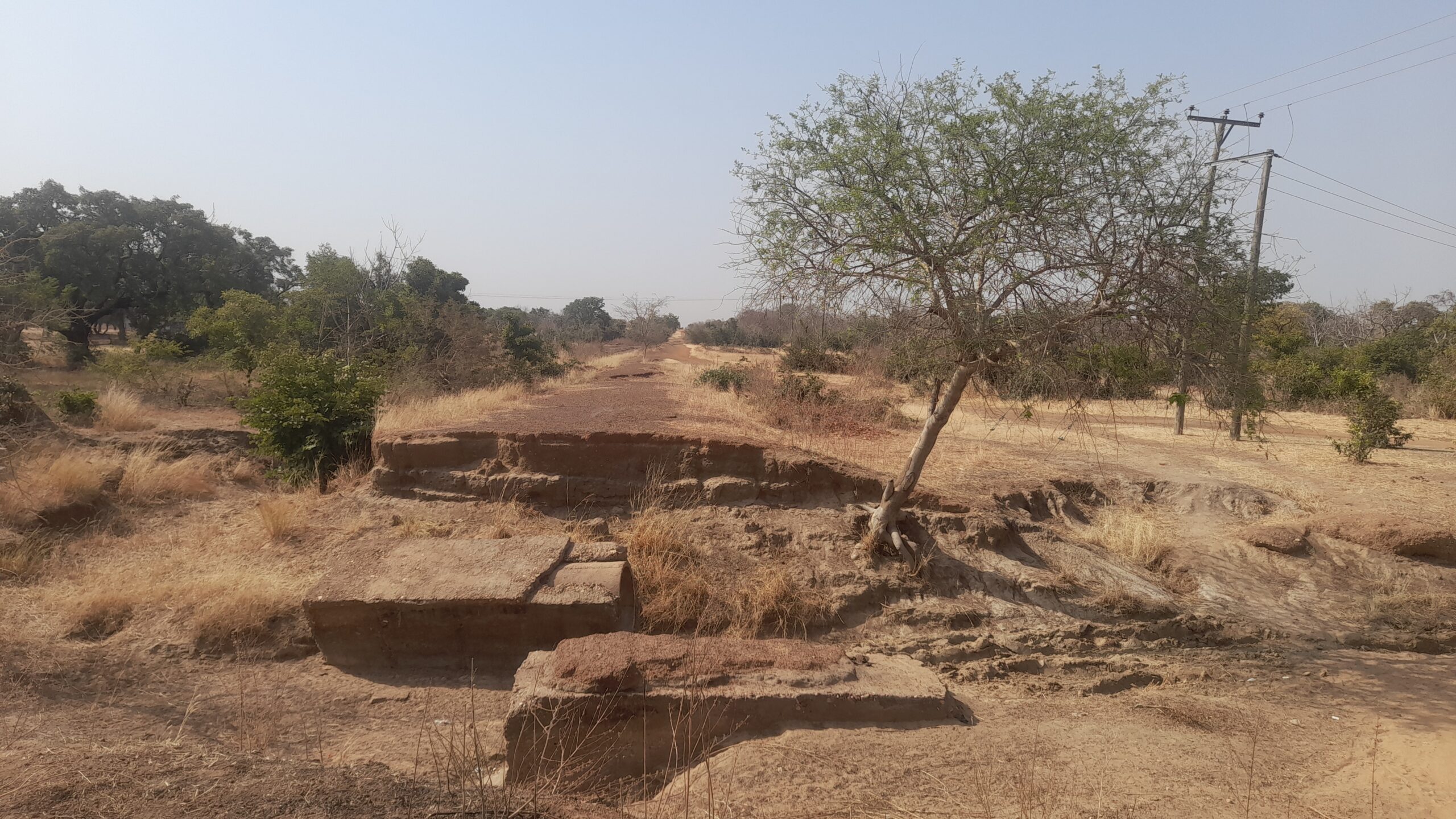
There have also been reports of some individuals and companies who reconsidered their decisions to visit the region’s several tourist sites and to invest in its trade and industry sector because they felt a two-hour journey by road between Bolgatanga and Tamale could expose them and their associates to unexpected armed attacks.
Silence of Upper East MPs blamed for stalled airport project
Some believe that if airplanes were flying out of the region, a number of people who need emergency medical attention would survive.
The death of Adams Mahama in 2015 after an acid attack is one of the major cases often used to prove a point that the region’s health referral system itself needs referral.
While the former regional chairman of the New Patriotic Party (NPP) was dying at the Upper East Regional Hospital in Bolgatanga, an arrangement was made for him to be helicoptered to Accra.
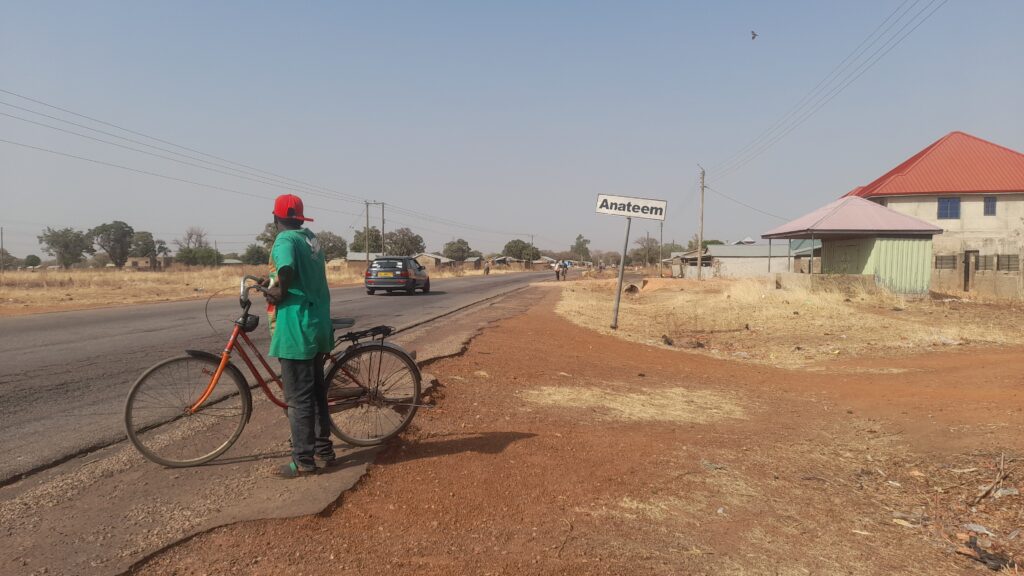
He died before a helicopter arrived. Many believe if the region had got an airport at the time, he would have been enplaned in no time and he could have survived.
The convener of the Bolgatanga Airport Project (BAP) campaign, Gabriel Agambila, told Media Without Borders after the Anateem forest rally (which he sponsored) that he became a voice for the project, writing articles on the forsaken project and having them published on news websites, because the region was losing its people to auto-crashes and armed robbery attacks on the Bolgatanga-Tamale Road.
Some of the losses, he stressed, could have been avoided had government not abandoned the airport project.
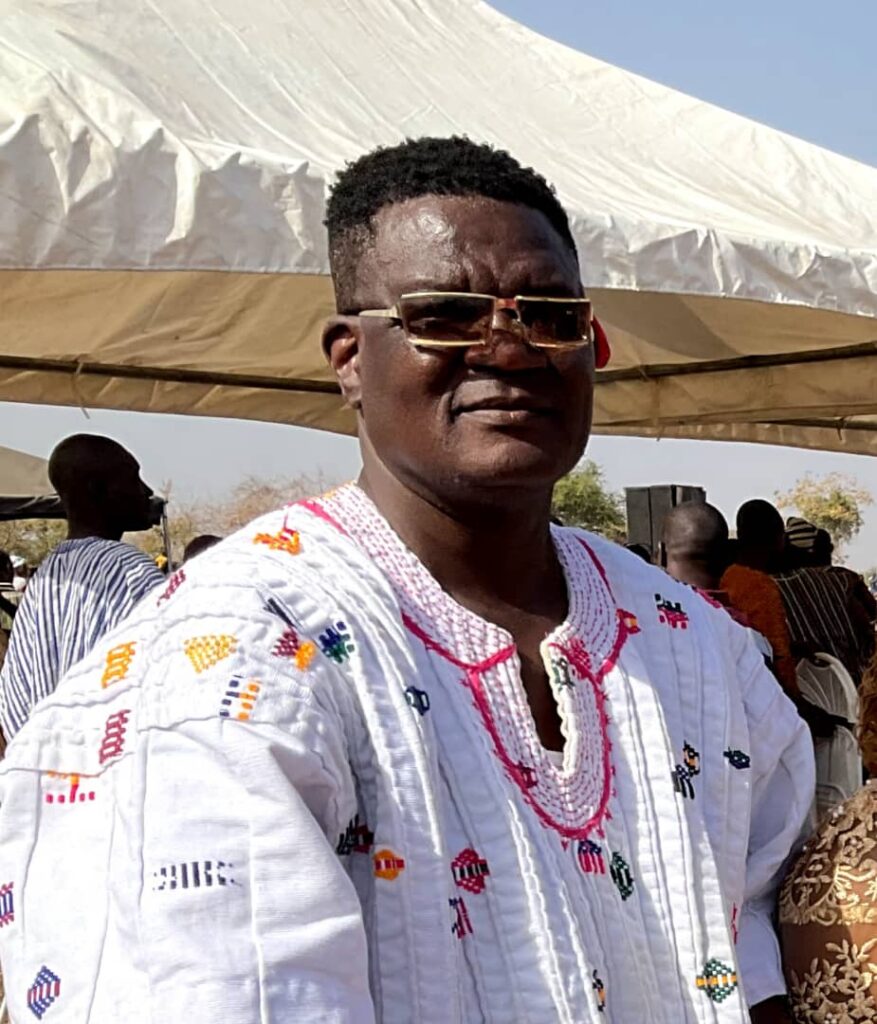
The hunger to see the project executed quickly, he said, grew considerably after some foreign business partners, who travelled from overseas with him to Ghana some years ago, opted to remain in Accra because they felt travelling by road from Tamale to Bolgatanga was too risky.
“It looks like people who come from our region, when they get to the top there, don’t even think about the region. They just think about themselves. I’m sure if they had put pressure like we are doing, we should have the airport by now. We have 15 MPs (Members of Parliament) from the region here, but yet they can’t champion our cause.
“We don’t know what they’re doing up there when they get there. Fact is that it’s the region that sends them to parliament and you have to fight the cause of the region. You don’t have to focus all your energies on national issues. It’s not the national issues that send you there; it’s the constituency issues that send you there,” Agambila said.















One airport, multiple locations
The region has an old airstrip at Paga, a border town near Burkina Faso. It was constructed decades ago for military landing to help keep any cross-border incursions at bay.
The airstrip was discarded amid reported concerns that Ghanaian airplanes heading to the airstrip were flying into Burkina Faso prior to touching down at Paga and, thereby, infringing on the French-speaking country’s airspace.
Besides, airlines operating in Ghana reportedly paid “over-flight fees” each time they navigated into Burkina Faso’s airspace before landing at the local airstrip.
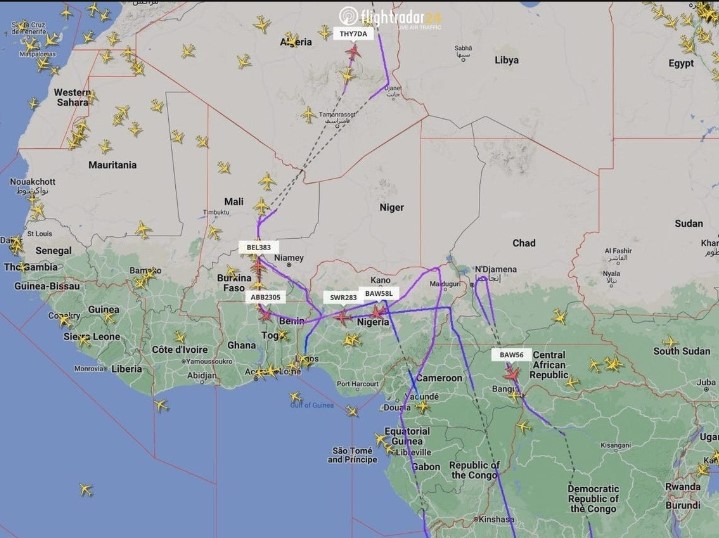
To deal with those troubles, Ghana looked elsewhere in the region for an airport and settled on inland Anateem.
After the airport project at Anateem was rendered stillborn from neglect and left in ruins, government chose Sherigu, another suburb of Bolgatanga, in 2017 as a new site for an airport project. The Sherigu move, led by former Upper East Regional Minister, Rockson Ayine Bukari, and the Minister for Aviation at the time, Cecilia Abena Dapaah, drew fury and condemnation from a section of Ghanaians.
More outrage was to come. Dapaah’s successor and native of the region, Joseph Kofi Adda, found himself on the chopping boards of some paramount chiefs from the central part of the region after he was reported in the media to have initiated a move to take the airport project to his hometown, Navrongo, in the western area of the region.



Some of those chiefs met with Ghana’s president, Nana Addo Dankwa Akufo-Addo, in 2020 at the Jubilee House, the seat of government, with a petition against Adda and a plea to maintain and continue with the project at Anateem. The noose around Adda’s neck became loose after an army of paramount chiefs from the region’s western bloc sprang to his defence, justifying the aviation minister’s alleged move in a statement they issued during a news conference at Paga.
A few months later, President Akufo-Addo told a different group of chiefs at Paga that a technical team had been tasked to examine which area was more appropriate between Sherigu (in the central zone) and Paga (in the west) to site an airport.
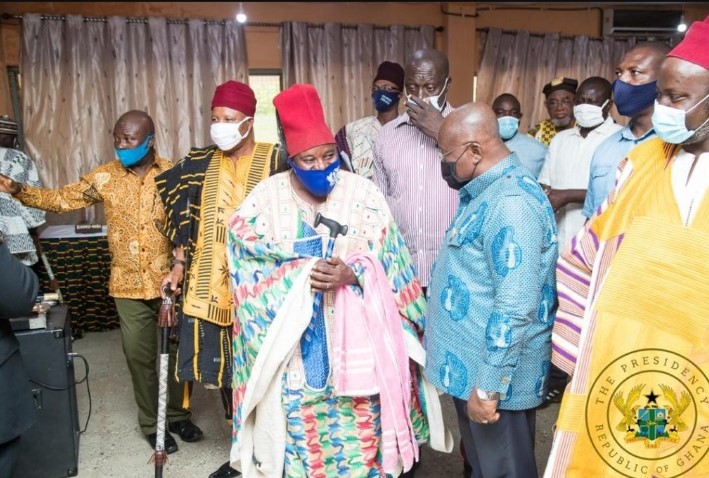
In the midst of the ‘musical chairs’ being played with the airport project location in the region, Cardinal Namdini Mining Ltd, a foreign firm operating in Talensi, a district near Bolgatanga, announced its plans in 2023 to construct an airport in the region.
While there was a great deal of public suspicion that Cardinal’s motive mainly was to ease airlifting of gold from its mining site in Talensi and not in the public interest, it was also rumoured that Ghana’s Vice-President, Dr. Mahamudu Bawumia, had hatched a plan to reposition the Bolgatanga Airport Project in the next-door North East, his home region.

“The durbar we held at Anateem was just to secure the place because sometimes people hear that the place is not suitable for the airport and that they’ve taken it to another place,” Agambila told Media Without Borders. “There are more than four locations just for one airport for our region.”
Disappointed chiefs recall airport sacrifices, remind Akufo-Addo of airport promise
The chiefs, traditional landowners and elders who attended the rally bled in their hearts as they recounted how countless trees of economic value were brought down years ago at the proposed site in the Anateem forest to pave the way for the project.
And while they grieved for the many households who freely gave up their lands and relocated at their own costs for the project’s sake, they also shook their heads in deep sorrow because there had been nothing to show for all the sacrifices the people of Anateem and Sumbrungu had made vis-à-vis the airport project.
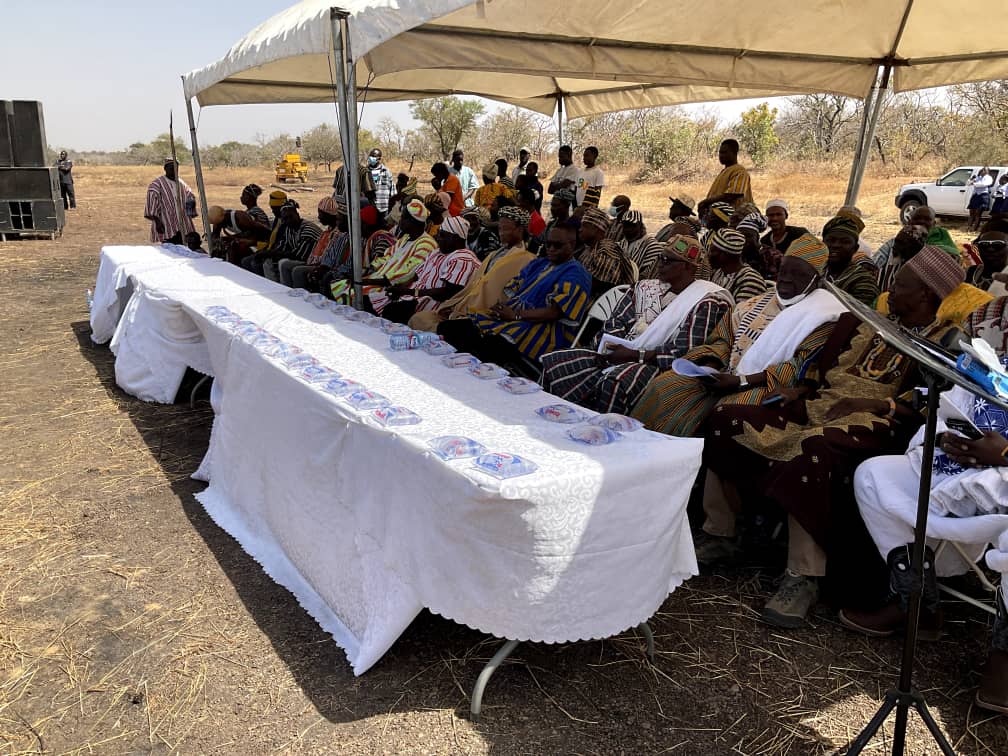
“We would like to kindly remind His Excellency the President, Nana Akuffo Addo, that in the run-up to the 2016 elections, he visited the Sumbrungu Chief’s Palace and made an earnest promise that he would complete the airport if he was voted into power. He again reiterated this promise in Bongo when he came to cut the sod for the commencement of the one-village-one-dam project.
“Having been elected as president and almost ending his second term, we would like to also make a passionate appeal to him to, as a matter of urgency, honour his promise by pooling resources to continue and complete this partly developed site into a functioning airport,” said the Paramount Chief of Sakote, Naba Sigri Bewong, in a written speech he delivered on behalf of the other traditional authorities in attendance.
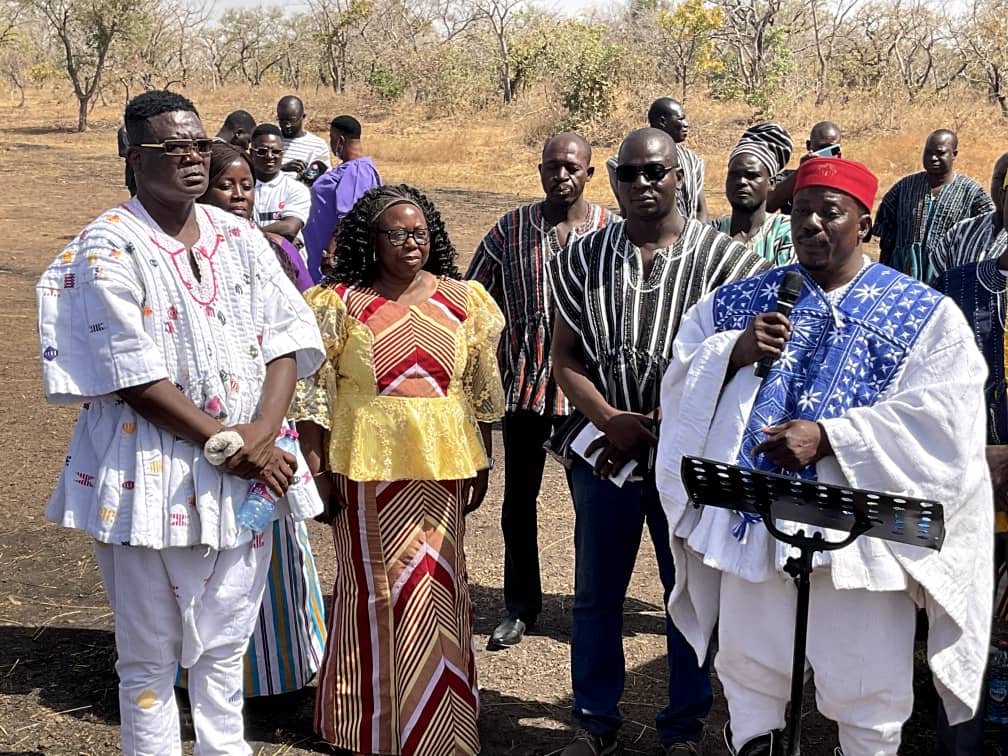
Even hours after the rally had ended and a police band that partook in it also had left with the dignitaries and other guests, the forest ground was still much alive into the night because some participants stayed back.
Their determined look seemed to show how far they intended to push a “Complete Bolgatanga Airport Project (BAP) Now!” campaign in a year Ghana is heading to the polls.
Their conviction was open and strong that, just as in a game of musical chairs where one chair is always left at the end of the dicey dance, government, after going round, finally would settle on one location in the region where airplanes would take off and touch down— and it would be Anateem.
Source: Edward Adeti/Media Without Borders/mwbonline.org
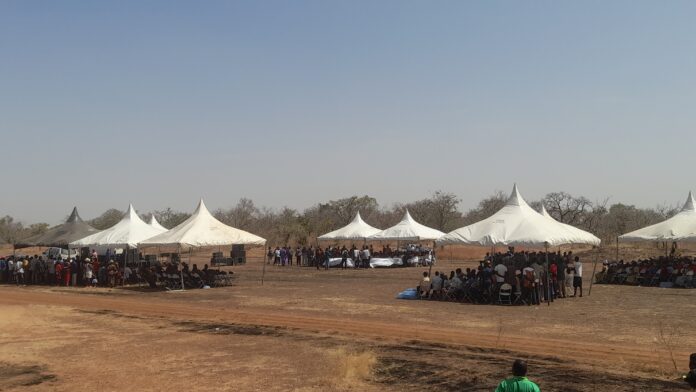




This article offers a fascinating perspective on the subject. The depth of research and clarity in presentation make it a valuable read for anyone interested in this topic. It’s refreshing to see such well-articulated insights that not only inform but also provoke thoughtful discussion. I particularly appreciated the way the author connected various aspects to provide a comprehensive understanding. It’s clear that a lot of effort went into compiling this piece, and it certainly pays off. Looking forward to reading more from this author and hearing other readers’ thoughts. Keep up the excellent work!